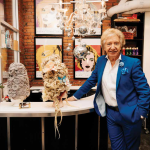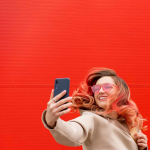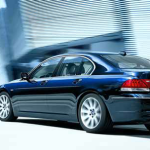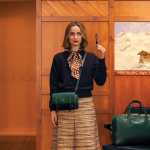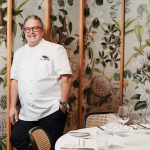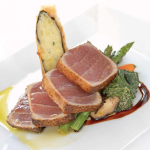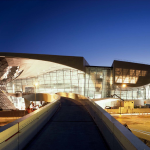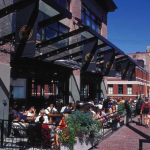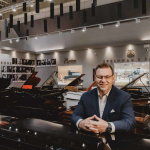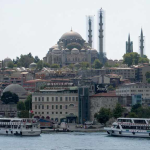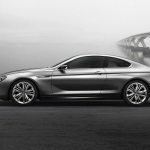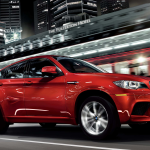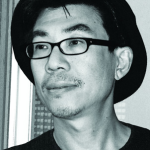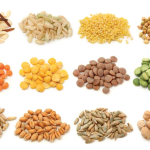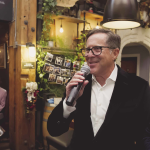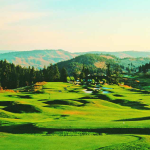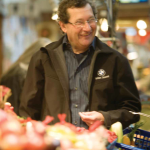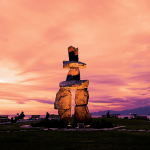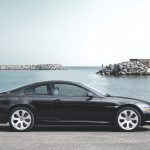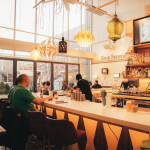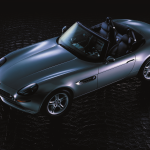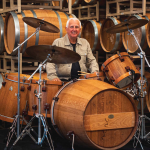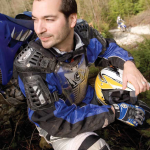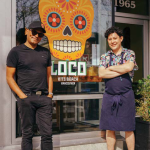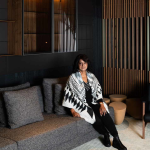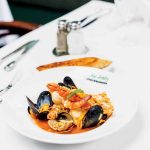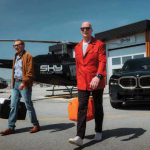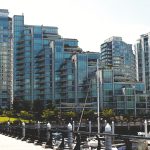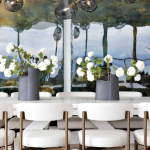
The new building that will house the Vancouver Art Gallery at Chan Centre for the Visual Arts will forev – er change the creative and physical landscape of this city.
The new building for the 91-year-old old Gallery is widely seen as a catalyst for a cultural renaissance that is taking place in Vancouver. With the new building, the Vancouver Art Gallery can more significantly contribute to Vancouver’s thriving cultural and civic ecology.
The Gallery will be able to take programs, exhibitions and collections to the next level, providing expanded opportunities for artists, educators, collectors, scholars and the Gal – lery’s increasingly diverse audience base.
“We are coming of age, and we need to be able to showcase the work of our artists in suitable, accessible milieus,” said Judith Gui – chon, BC’s 29th Lieutenant Governor, at the project’s inception. The Province of British Columbia, which has been involved with the Vancouver Art Gallery
for decades, really got things started in 2008 with a lead gift of $50 million. In 2013, Vancou – ver granted the Gallery a 99-year lease on the city-owned Larwill Park, bordered by Cambie, West Georgia, Dunsmuir and Beatty Streets, six blocks east of the Gallery’s current location.
Sponsored Ads
“The Gallery will be able to take programs, exhibitions and collections to the next level”
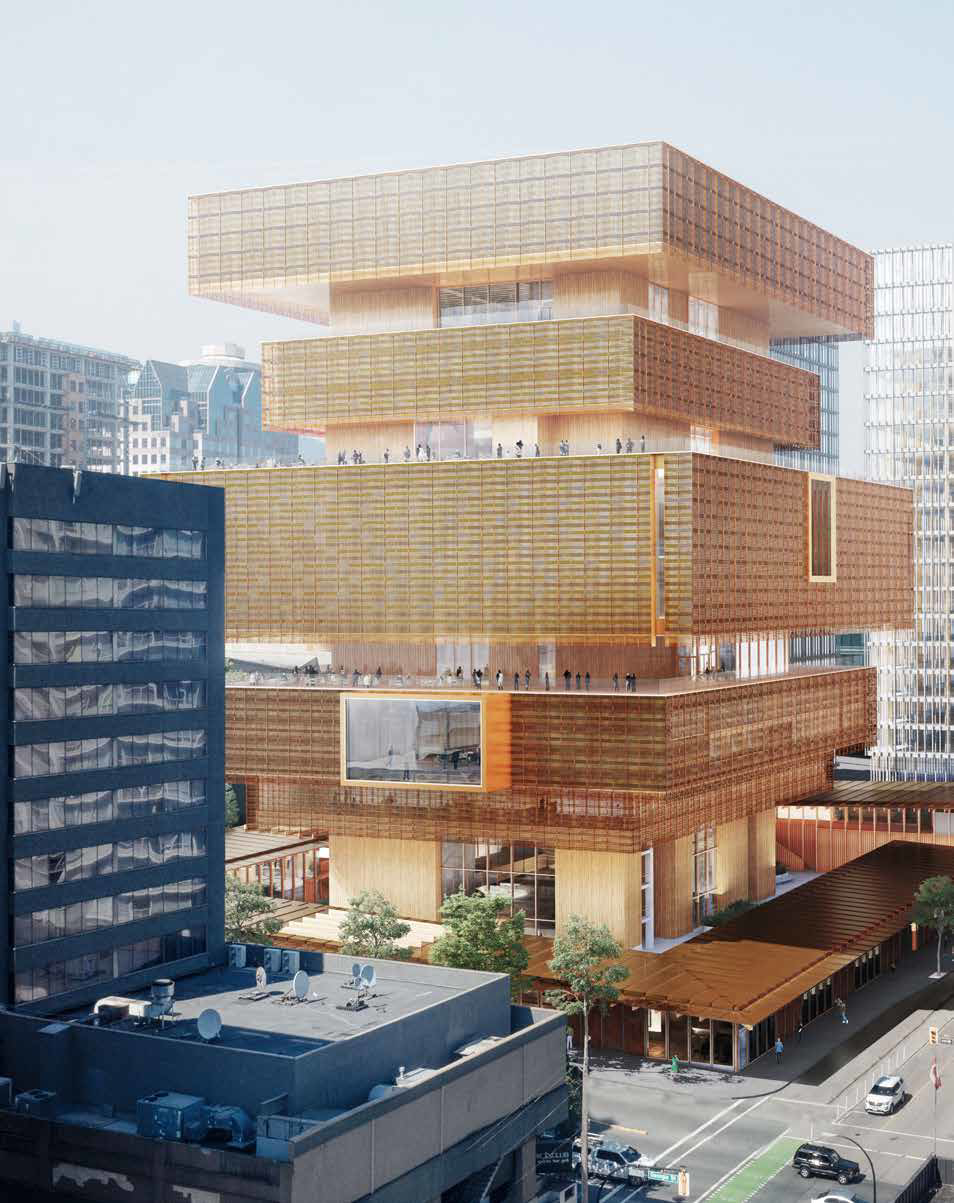
In the first part of Vancouver’s history, the park, originally called the Cambie Street Grounds, was a vibrant public space, a parade ground and gathering spot that was popular with Vancouverites. This has inspired the ar – chitects to design a building that encourages public gatherings.
The request for qualifications proposal drew responses from about 75 firms from 16 coun – tries. The Gallery involved Vancouver artists like Jeff Wall, who sees the new building as part of a turning point in the history of the city. The new building will accommodate hun – dreds of travelling exhibitions that previously could not come to Vancouver, so that the Gallery will be able to participate in the circulation of exhibitions among museums that can collaborate.
“This single aspect is so import – ant,” Wall said, “because the ability of people to experience original works of art is decisive.”
The international design practice Herzog & de Meuron was unanimously selected as design consultants. Perkins & Will, the second-largest architectural and design firm in the world, are executive architects. According to Vancouver architect John Patkau, who designed Whistler’s Audain Art Museum and the Polygon Gallery in North Vancouver, Herzog & deMeuron is “among a very small handful of the most respected and successful architectural practices in the world.”
Herzog & deMeuron began in 1978 in Basel, Switzerland, as a partnership between Jacques Herzog and his childhood friend and university classmate Pierre de Meuron. It has grown into an international practice, still based in Basel but now with studios in Munich, Berlin, Hong Kong, London,
New York and San Francisco. Herzog & de Meuron won the Pritzker Architecture Prize (USA) in 2001; the RIBA Royal Gold Medal (UK) and the Praemium Imperiale (Japan) in 2007; and the Mies Crown Hall Americas Prize (USA) in 2014.
The practice has designed architectural projects from the small scale of a private home to the large scale of urban design. Herzog & de Meuron became well-known in the 1990s with the commission to convert the Bankside power station in London into Tate Modern (with about 5 million visitors annually, the most visited museum in the world) then became even more internationally recognized with the design of the stadium for the 2008 Beijing Olympics in partnership with the Chinese artist Ai Weiwei.
After completing 18 museum projects around the world, they are now at the forefront of international museum design. They have had a long-term engagement with the world of art. “Our obsession, almost, is to look at each project in a new way, a different way, and to come up with specific and different solutions.
A museum is not an elitist bunker that is just to store artworks and present them to sophisticated people, but it’s a place for everybody to congregate and meet. We should make buildings open for everyone to go in, even if they are not museum-goers.
The Vancouver Art Gallery is not such a huge museum as Tate, but in Vancouver it is important to create diversity. The art in the architecture is to give it a natural feel,” Jacques Herzog said.

Sponsored Ads
“The copper skin has a veil-like quality”

With approximately 310,000 sq. ft. of space, the new building will double the current VAG size. The new Gallery will offer approx. 86,000 sq. ft. of exhibition space, with 40,000 sq. ft. of galleries set aside for the cherished permanent collection. There will be a resource centre, an expansive artist archive, an education centre and a 300-seat theatre.
“This building is an unapologetically bold and modern expression, a tower in the city that is public, that is about the celebration of the visual arts,” said David Dove, Principal at the Vancouver architectural firm Perkins & Will Canada, Executive Architects for the Gallery project.
“The project has a civic dimension that can contribute to the life and identity of the city, in which many artists from various cultural backgrounds live and work,” said Simon Demeuse, Partner in Charge of the Vancouver Art Gallery project at Herzog & de Meuron.
“The symmetrically stacked building calls for a textured, human scaled facade which makes the tall upright structure approachable. A copper-colored woven metal facade protects the wooden soffits and structural elements below; both wood and copper are equally present and visible.
The copper skin has a veil-like quality; a texture and lightness which, like traditionally woven textiles, changes its appearance depending on the vantage point of the observer and the time of day, creating a dynamic visual experience.“
The referencing of copper in the design of the façade is the result of a dialogue with local artists. Objects made of copper, often elaborately embossed, bent, and coloured, carry a powerful message among many First Nations peoples of British Columbia.
Demeuse considers Vancouver’s beautiful natural setting a defining feature of the city. Accordingly, the design has taken every opportunity to introduce nature into the public courtyard with trees, gardens and plantings spread throughout.

The building has a vertical component and a horizontal component: the vertical structure is lifted, leaving the courtyard open and transparent. The day-lit spaces of this low building will house a number of public uses including a restaurant, lobby, museum workplaces, artist in residence studios, community functions as well as public art.
The vertical building houses the main gallery spaces, both temporary and permanent, as well as a library, educational spaces and visible storage facilities all in relation to windows and terraces providing views out over the city. The new Gallery is scheduled to open in 2027.





















